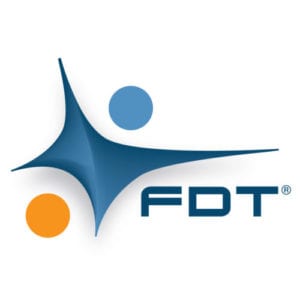
New White Paper Identifies How FDT Technology Can Help You Lower Costs by Putting Your Assets to Work!
Preventing unplanned shutdowns, reducing downtime, and lowering maintenance costs at manufacturing and processing facilities have been shown to provide significant financial benefits for the entire organization. One way to achieve these results is to make certain that all installed assets are used to the best of their ability.
Over the past several years, FDT Technology has been embedded in the majority of distributed control systems and smart field devices – often without being utilized by the user. FDT Technology, which is both an international (IEC 62453) and ISA (ISA103) standard, provides a unified method for accessing intelligent device information independent of the field communication protocol or control system supplier. When field devices are enabled to share their entire configuration, status and diagnostic information, they are being used to their full ability, reducing costs over the lifecycle of the facility.
The white paper answers many of the most common questions including, What is FDT Technology?, What is a DTM?, What is a Frame Application?, How does FDT integrate into my automation or asset management system?, and How do I include FDT Technology in my project? Visit www.fdtgroup.org to review the whitepaper and learn how easy it is to get started with some simple steps that can provide significant financial, operational and performance benefits in both existing plants and new construction.
To learn more about FDT Technology and to review or download the paper, please visit www.fdtgroup.org.
About the FDT Group AISBL™
The FDT Group AISBL is an international non-profit corporation consisting of over 85 leading worldwide companies active in process and factory automation. The major purpose of the FDT Group is to provide an open and non proprietary interface for the integration of field devices with engineering, automation and asset management systems. In this environment, end users, manufacturers, universities, and research organizations are working together to develop the technology, provide development tools, support and training, coordinate field trials and demonstrations, and enable product interoperability.
###